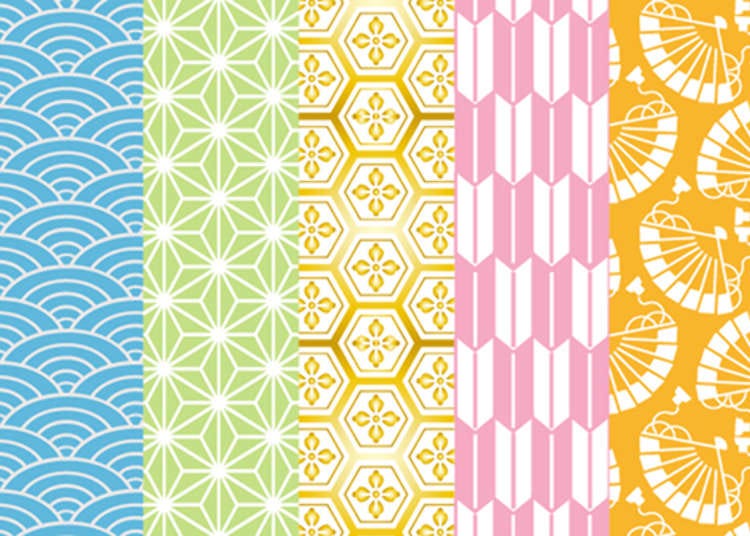
Did you know that Japan’s traditional designs, known as Wagara, are not just beautiful but also packed with meaning? These classic Japanese patterns are everywhere—from kimono to packaging—and they each carry a special significance. Let’s uncover the deeper meanings behind some popular Wagara patterns!
1. Wave Crest - Seigaiha
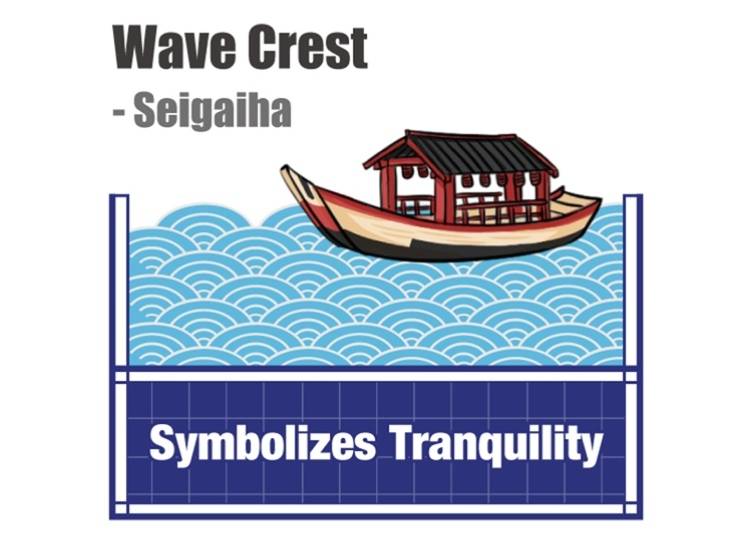
This fan-shaped pattern resembles gentle ocean waves, symbolizing a wish for peace and a calm, harmonious life. It’s a popular choice for items meant to bring serenity and positivity.
2. Hemp Leaf - Asanoha
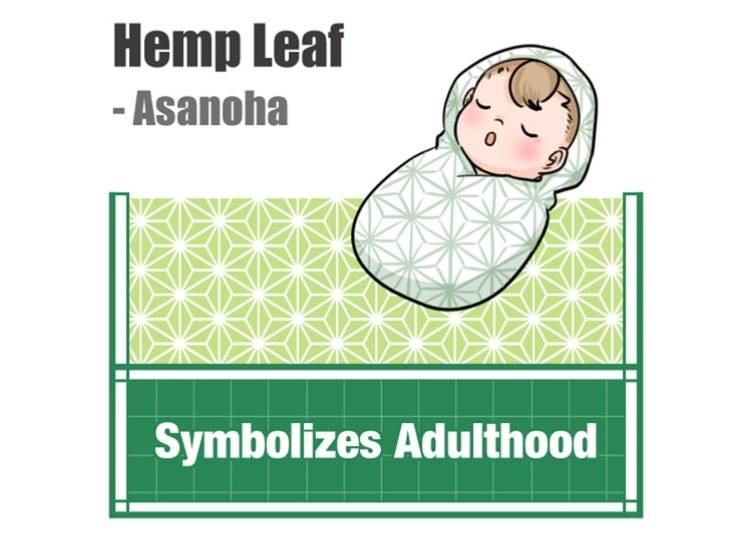
Shaped like hemp leaves, this pattern represents growth and resilience. It’s often associated with children’s health and well-being, as hemp is known for its durability and rapid growth.
3. Tortoise Shell - Kikkou

With a pattern that mimics tortoise shells, Kikkou symbolizes longevity. Since tortoises are considered a symbol of a long life in Japan, this design is a wish for health and endurance.
4. Fletching - Yagasuri
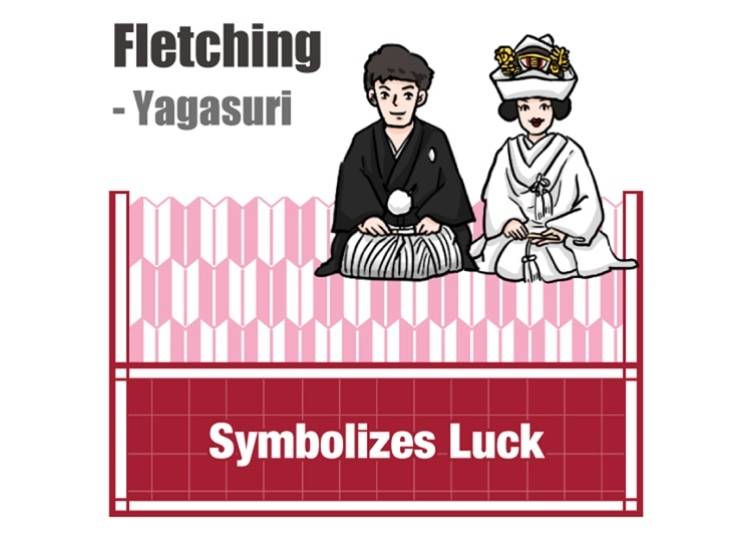
This pattern is inspired by the fletching (feathers) on arrows and is thought to bring good fortune, especially at weddings. In Japan, there’s a saying that once an arrow is fired, it doesn’t return, symbolizing commitment and forward momentum.
5. Folding Fan - Uchiwa
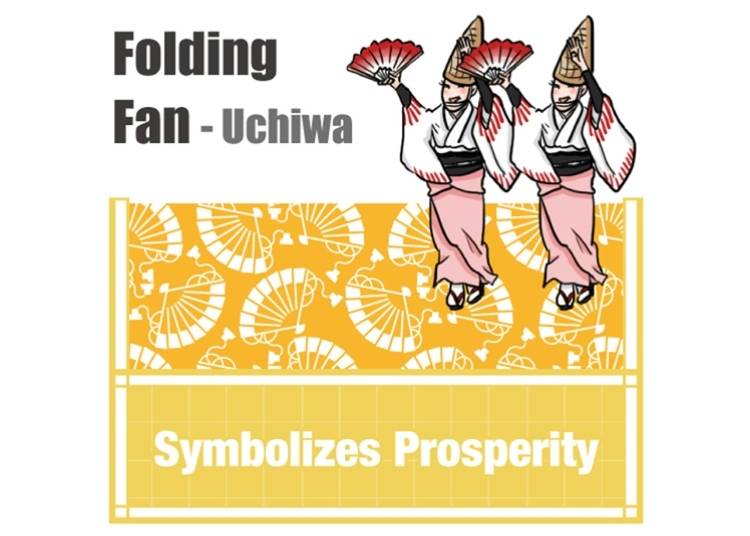
This design looks like an opened fan, which stands for growth, development, and prosperity. The pattern suggests that life, like a fan, can open up to wonderful new opportunities.
If you’re looking for a meaningful souvenir, consider a wrapping cloth or a towel featuring one of these traditional patterns—your friends will love learning about the symbolism behind it! Next time you’re in Japan, keep an eye out for these charming designs and see which Wagara pattern resonates with you!
Illustrations courtesy of Manga de Japan
*Prices and options mentioned are subject to change.
*Unless stated otherwise, all prices include tax.
Popular Tours & Activitiess
Recommended places for you
-

Kanzenkoshitsuyakinikutabehodai Gyugyu Paradise Sannomiya
Yakiniku
Kobe, Sannomiya, Kitano
-

Kambei Sannomiyahonten
Yakiniku
Kobe, Sannomiya, Kitano
-

ISHIDAYA Hanare
Yakiniku
Kobe, Sannomiya, Kitano
-
Appealing

Rukku and Uohei
Izakaya
Sapporo / Chitose
-
Goods

Yoshida Gennojo-Roho Kyoto Buddhist Altars
Gift Shops
Nijo Castle, Kyoto Imperial Palace
-

Jukuseiniku-to Namamottsuarera Nikubaru Italian Nikutaria Sannomiya
Izakaya
Kobe, Sannomiya, Kitano
-

Enjoy Japan's Gorgeous Winter Lights! Ride the Romancecar to Shonan no Hoseki Illumination
by: Guest Contributor
-

LaLaport TOKYO-BAY North Building Now Open: Shop, Dine & Enjoy Events at LaLa arena, Just 2 Stops from Disney
by: Wemmy Chau
-

Get Ready to Catch 'Em All! First Ever Permanent Outdoor Pokémon Park Opening Near Tokyo!
-

See Asakusa and Tokyo Skytree® in a New Light at the "Také Akari" Festival (Winter 2025-2026)
by: Guest Contributor
-

Black Friday 2025: These Are THE Japan Travel & Shopping Deals to Check Out
-

2025 Japan Autumn Color Report: Northeastern Japan Nearing Peak
by: Timothy Sullivan
-

(Video) Walking Tour along Narita Omotesando - Quaint Historical Village near Narita Airport!
by: Victor Gonzalez
-

Kesennuma City Memorial Museum (Ruins of Koyo High School): Telling the Story of the 3/11 Great East Japan Earthquake
-

This Awesome Tokyo Experience Will Make You Fall in Love with Japanese Music
by: David McElhinney
-

Tokyo Roppongi|Roppongi Station Area Map & Sightseeing Information
-

Picking the Perfect Plan: 3 Ways to Explore Sake in Nada-Gogo, Kobe
by: WESTPLAN
-

Geisha in Kyoto Struggle to Protect Traditions in Face of Coronavirus
by: Cassandra Lord
- #best sushi japan
- #what to do in odaiba
- #what to bring to japan
- #new years in tokyo
- #best ramen japan
- #what to buy in ameyoko
- #japanese nail trends
- #things to do japan
- #onsen tattoo friendly tokyo
- #daiso
- #best coffee japan
- #best japanese soft drinks
- #best yakiniku japan
- #japanese fashion culture
- #japanese convenience store snacks












